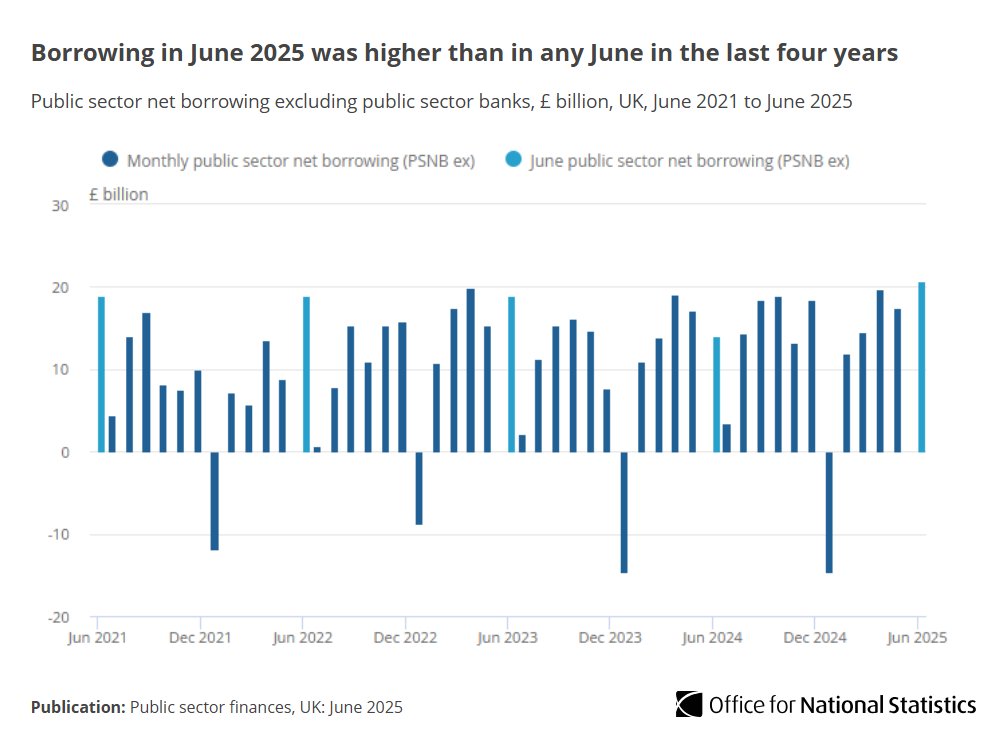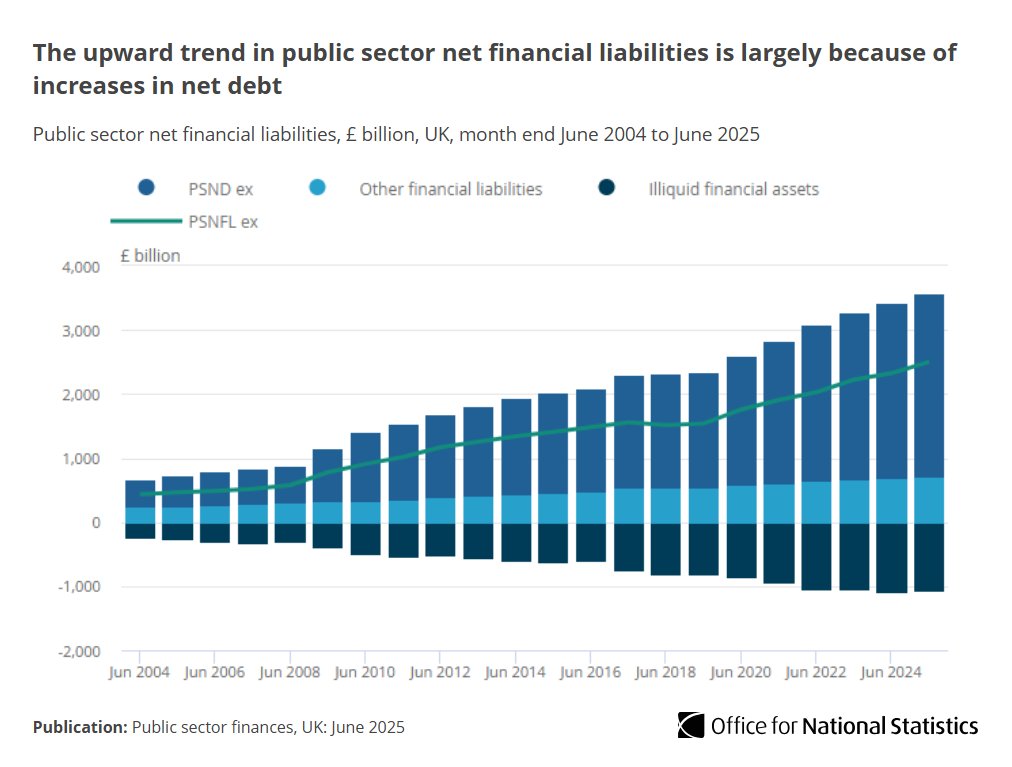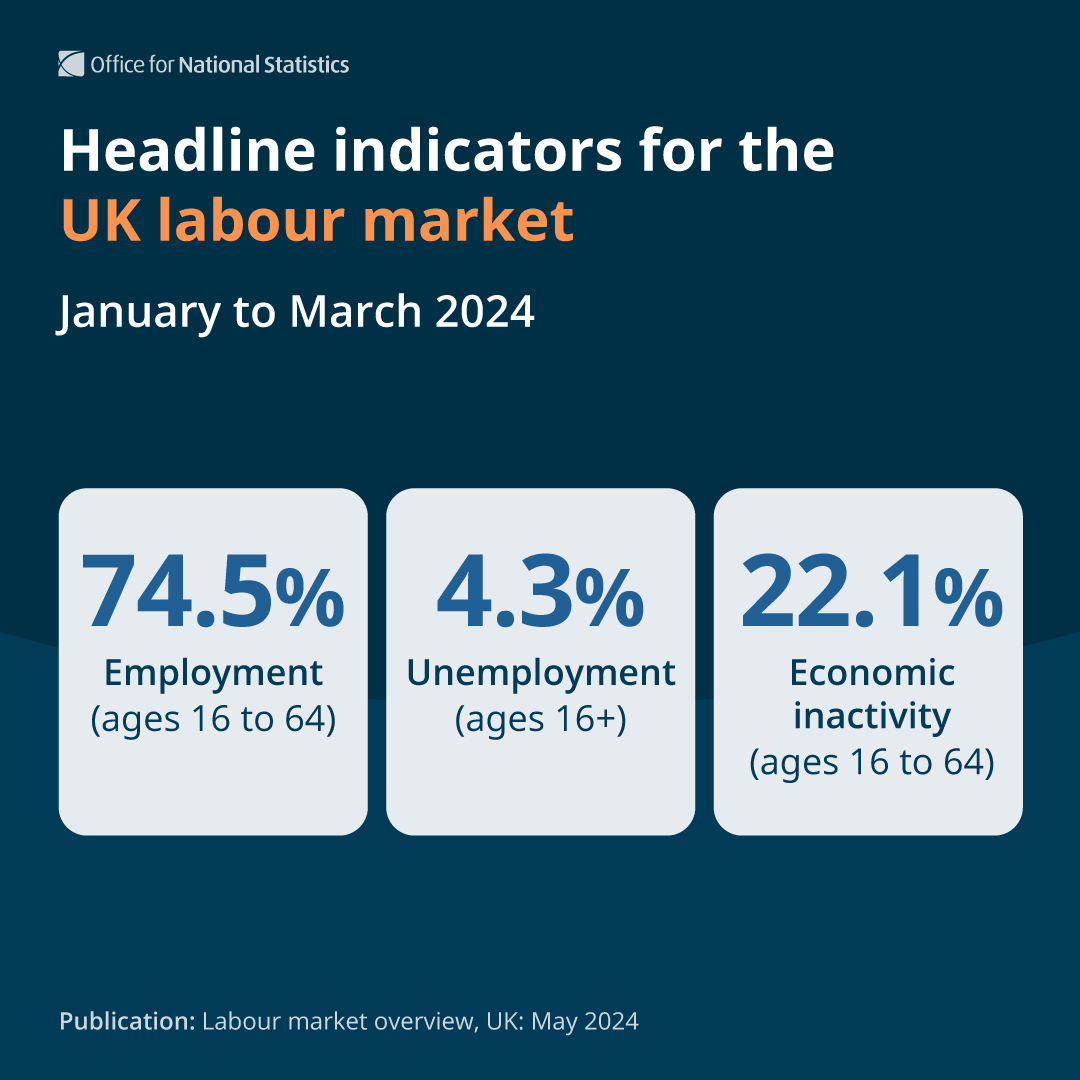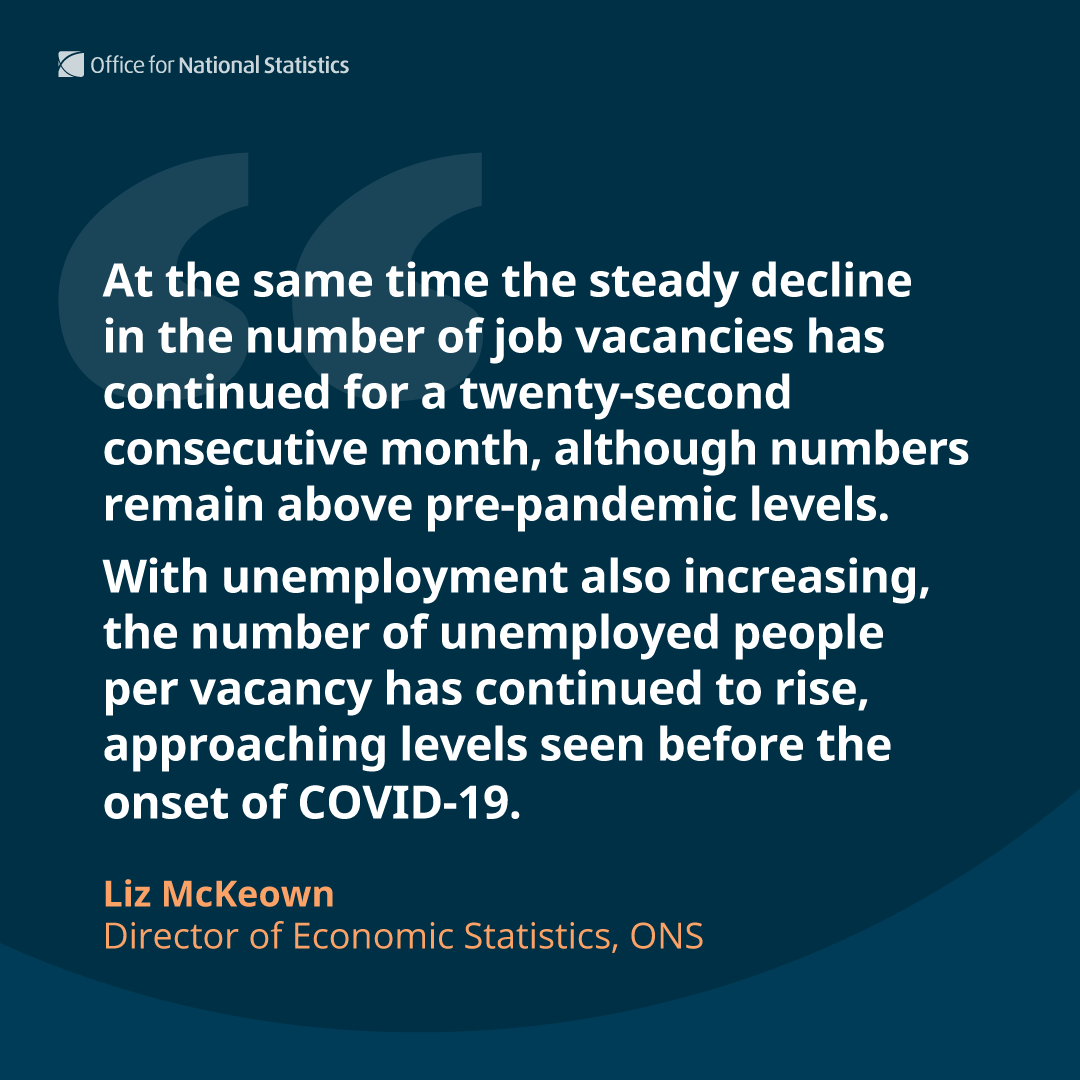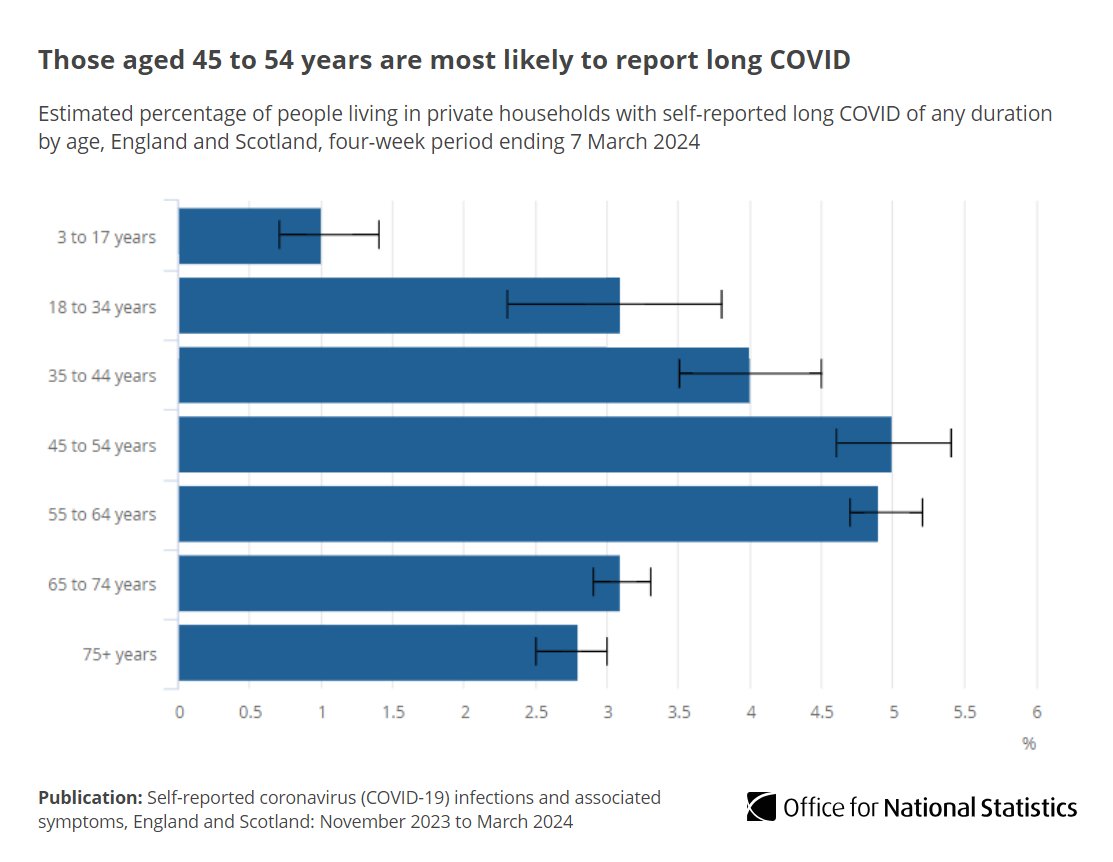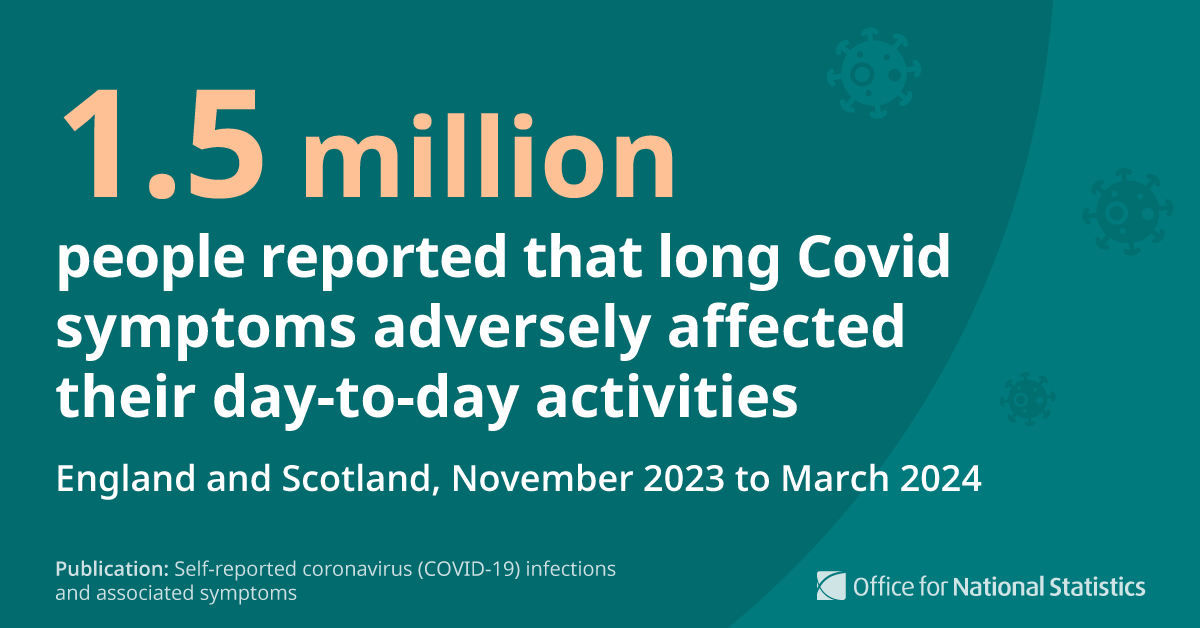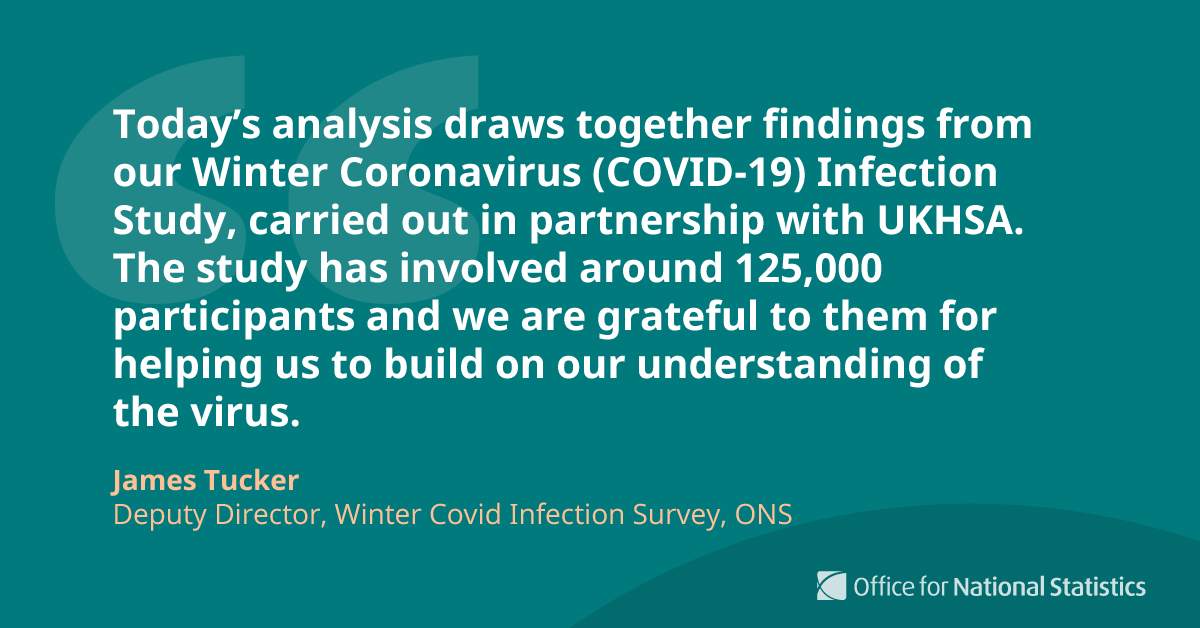Our latest results from the #COVID19 Infection Survey show increasing infection rates in England in the week ending 16 October 2021.
In the same week, the trend was uncertain in Wales and Northern Ireland, and infection rates decreased in Scotland ow.ly/sy0750Gw13M
In the same week, the trend was uncertain in Wales and Northern Ireland, and infection rates decreased in Scotland ow.ly/sy0750Gw13M

In England, there was an increase across many regions, with a levelling off in West Midlands and the South East following recent increases.
The trend was uncertain in the North East and Yorkshire and the Humber ow.ly/P8mH50Gw1ai
The trend was uncertain in the North East and Yorkshire and the Humber ow.ly/P8mH50Gw1ai

#COVID19 infection rates increased in all age groups except for people aged 25 to 34 years, where the trend was uncertain in the most recent week.
The highest rates were seen in secondary school aged children ow.ly/8Hbs50Gw1cm
The highest rates were seen in secondary school aged children ow.ly/8Hbs50Gw1cm

Commenting on today’s results Sarah Crofts, Head of Analytical Outputs for the #COVID19 Infection Survey, said: 

#COVID19 hospitalisation rates and deaths have consistently been lower in the third wave than in the corresponding week in the second wave (week ending 31 January 2021 and 22 January 2021) ow.ly/5BET50Gw1xV 

In England, though #COVID19 positivity rates are highest among secondary school age children, hospitalisation rates remain highest amongst the older age groups ow.ly/2f1e50Gw1MT 

• • •
Missing some Tweet in this thread? You can try to
force a refresh


